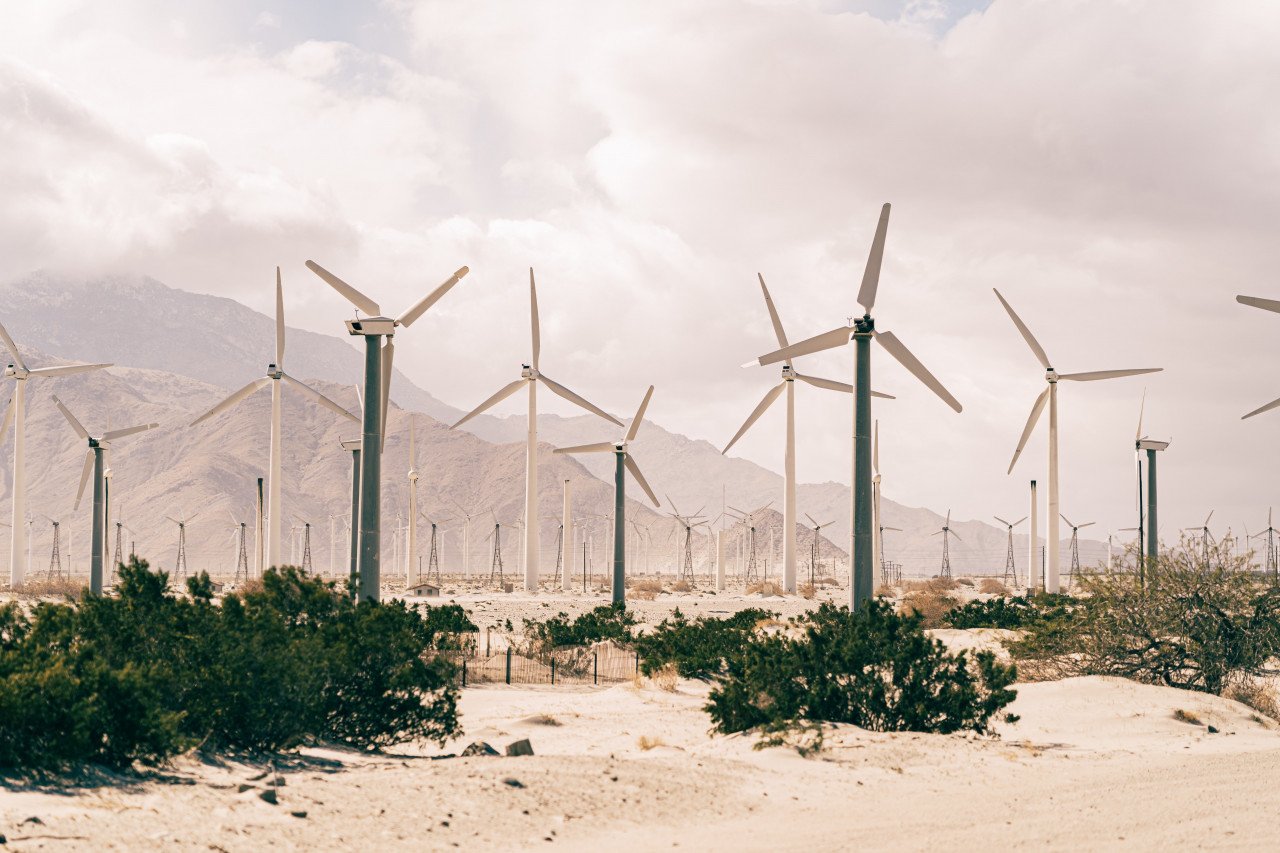Europe is saving almost €100 billion thanks to its renewables capacity, and could have saved even more had the bloc pursued clean sources more aggressively, according to analysis from the International Energy Agency, as reported in the company's latest renewables report, issued June 1.
The agency modelled average wholesale electricity prices on the continent and estimated they would have been three percent higher in 2021, eight percent higher in 2022 and 15 percent higher in 2023 if the bloc hadn't added nearly 90 GW of solar PV and wind capacity in 2021 and 2022.
IEA claims the renewable capacity displaced almost 10 percent of hard coal and natural gas generation on the continent, undercutting the most expensive fossil-fuel power plants in the market and ultimately reducing energy prices paid by consumers.
The report points out that Europe is set to add 60 GW of solar PV and wind capacity in 2023, which could allow renewables to displace almost 20 percent of the continent's most expensive fossil-fuel power generators.
Europe is preparing a massive renewables push as it seeks to clean its energy economy and more important, wean itself off Russian oil and gas in a bid to ensure energy security.
Last month, the continent bagged around €10 billion in investment for two giga factories that will supply batteries to car manufacturers from 2026.
Before that, European authorities unveiled an ambitious hydrogen plan that envisions manufacturing 10 million metric tons of renewable hydrogen and importing a similar amount by 2030. The strategy, dubbed REPowerEU, also aims to achieve climate neutrality by 2050.
Europe estimates it will require €335-471 billion to set up the domestic hydrogen chain, with another €200-300 billion needed for additional renewable electricity production. A further €500 billion of investment will be required to enable the international value chains necessary to source the 10 million metric tons of hydrogen imports.
It's likely the dividends will be quick: IEA estimates Europe will have spent €200 billion deploying solar PV and wind capacity over 2021-2023, but says almost 50 percent of this investment could have been repaid in the form of lower energy costs for consumers by as early as the end of 2023 itself, while the plants themselves will continue to provide energy for 20-25 more years.
But Europe has work to do.
Experts have been quick to call out its comparatively convoluted processes — especially in comparison with the US pivot to clean energy, as led by the US Inflation Reduction Act, and the continent's wind turbine makers are struggling to make investments, with one recently asking for direct cash transfers to aid research and development.

US DoE announces $46 million funding for nuclear fusion innovators
Read More

